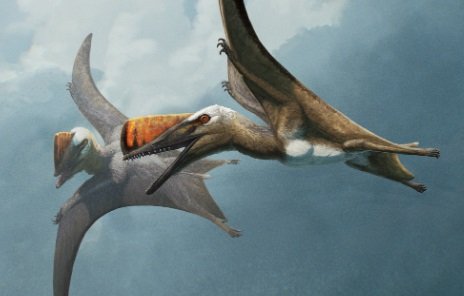
Pterosaurs, the ancient flying reptiles that dominated the skies from 210 to 65 million years ago, continue to captivate scientists with their remarkable adaptations and evolutionary history. These first flying vertebrates predated both birds and bats, leaving behind a sparse but intriguing fossil record. A recent breakthrough in Japan has brought new insights into these enigmatic creatures, with the discovery of a previously unknown species, Nipponopterus mifunensis.
Unique Characteristics of Pterosaurs
Pterosaurs exhibited immense diversity in size and form. Some, like the Azhdarchidae family members, boasted massive wingspans exceeding 9 meters (30 feet). Their lightweight and hollow bones enabled flight but also posed challenges for fossil preservation, resulting in fragmented and incomplete specimens across the globe.
Japan’s Pterosaur Fossil Record
Japan, with its limited history of pterosaur fossil finds, has now contributed significantly to the field. Earlier discoveries in the Yezo Group of Hokkaido unveiled essential skeletal parts, including a femur, metatarsal, and vertebrae. These findings highlighted the country’s potential as a site for studying pterosaur diversity and evolution.
Discovery of Nipponopterus mifunensis
The discovery of Nipponopterus mifunensis marks a major milestone. Belonging to the Azhdarchidae family, this species lived around 90 million years ago during the Late Cretaceous period. Its identification as the first named pterosaur species from Japan underscores the region’s paleontological significance.
The Fossil’s Geological Context
The fossil was unearthed in the Mifune Group, a geological formation located in Kumamoto Prefecture on Kyushu Island. Encased within a middle layer of sandstone, flanked by volcanic rock layers, the fossil’s context has provided crucial data for dating and understanding its environment.
Paleontological Importance
Nipponopterus mifunensis exhibits similarities with other large pterosaurs, including those found in Mongolia, contributing to a broader understanding of pterosaur evolution. This discovery reinforces the importance of Japan as a hub for uncovering new prehistoric species and highlights the value of ongoing research in the region.
Key Facts for Enthusiasts and Scholars
- Azhdarchidae Family: Known for their elongated necks and massive wingspans, members of this family are critical for understanding the biomechanics and evolution of flying reptiles.
- Mifune Group: This fossil-rich formation provides valuable insights into the biodiversity of the Late Cretaceous period.
- Yezo Group: The initial discovery site for pterosaur fossils in Japan, located in Hokkaido, which includes essential skeletal parts.
- Significance of Nipponopterus mifunensis: As the first named pterosaur species from Japan, it symbolizes a leap forward in understanding the diversity of prehistoric life in East Asia.
The discovery of Nipponopterus mifunensis not only enhances our understanding of pterosaur evolution but also positions Japan as a critical player in paleontological research, inspiring further exploration of its ancient past.

